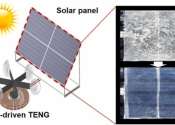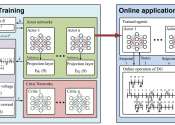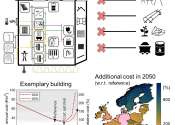Nuclear power may be the key to least-cost, zero-emission electricity systems: study
Nuclear power generation can play a crucial role in helping the world reach a key goal of zero carbon emissions by the middle of the century, especially in countries with low wind resources, according to new work in Nature ...
Feb 14, 2022
1
236









